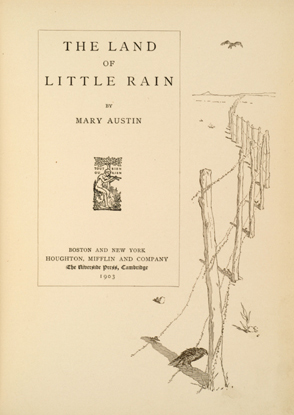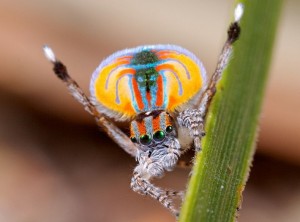Sorry Writers Say They’re Sorry — But Not Very
Today’s critique of the “I’m so wussy about spiders” bloggers:
It’s a mixed bag. A multimedia reporter in Visalia takes a weird excursion into his childhood, when he apparently thought black-widow spiders were made up by Disney. Then as a college student he finds a spider in his soda can, probably not a black widow but certainly dead. It was a Cactus Cooler—what do you expect? Was ever a pop more insecticidal? Then as an adult he finds a spider in his bath water and has a full-on Huck Finn moral crisis as he decides whether to kill it or turn into a nasty ol’ abolitionist and go to hell for saving it. He decides to kill it (blaming his wife’s potential reaction . . . interesting) and then announces he is a man.
That might be a stretch.
I almost kind of wanted to like this column, in which a spider-hating woman writes a businesslike memo to the spider she’s about to slaughter. The interesting part to me is how it reiterates this recurring idea of a “contract.” Lots of anxious bloggers proclaim their tolerance of spiders who know their place: in the yard, OK; in the sink, no; in the upper corner of the window, no objection; ambling along the baby blanket, no way.
Contracts are a specific thing, though. It takes two parties to make one. You gotta wonder about these fantasy-prone writers who think they’re drawing up legal documents with an arachnid. More likely they’re making deals with themselves, or with God.
Seriously. Even maximum arachnophobes seem to feel guilty about killing a small living thing without provocation.

Apparently this sight casts terror into the hearts of creatures that outweigh the spider a few thousand times over AND have control of the faucet.
So instead they build this mental scaffolding that absolves them of the killing if they have a good reason, such as a violated contract.
When I’m reborn as a college student I’m going to create an interdisciplinary major in tort law and arachnology. Instead of pro bono I’ll work pro hobo.
Wait till the bloggers get hold of this! A new study reports that a certain kind of orb weaver, Nephila plumipes, gets plumper and presumably more fertile in urban Sydney than it does in the countryside. There’s more to eat (especially around streetlights and other illumination), fewer parasites, and more warmth. But to a blogger all that says is BIG SPIDERS GET BIGGER, REFUSE TO SIGN CONTRACT TO STAY OUT OF MY SINK. Watch for it.





